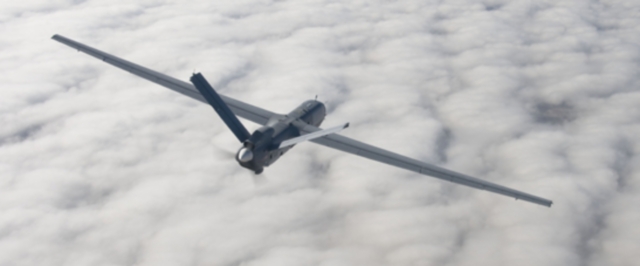 Turkey is preparing to sign a contract for 10 locally made Anka UAS, procurement authorities said. They did not specify a contract price.
Turkey is preparing to sign a contract for 10 locally made Anka UAS, procurement authorities said. They did not specify a contract price.
Murad Bayar, Turkey’s chief procurement official, told reporters that a final round of talks for the contract involving the 10 UAS and their ground control stations is underway. He said the contract would be signed in the next couple of months.
This will mark Turkey’s first purchase of UAS designed, developed and manufactured indigenously. Bayar promised the Anka would incorporate “progressive design and features.”
Turkish Aerospace Industries (TAI), maker of the Anka, said that the UAS had successfully passed acceptance tests late in January. TAI officials said the final, decisive tests on Jan. 20-21 involved a full endurance, 18-hour flight, a successful auto landing, data link performance at a distance of 200 kilometers under winds up to 45 knots, and night takeoffs and landings. The Anka has registered 140 flight hours.
Meanwhile, procurement officials said the Turkish police force also is preparing to order the Anka, which means more funding for “fine-tuning efforts” as part of the programme.
In December, Turkey’s defence procurement agency, the Undersecretariat for Defence Industries (SSM) and Tusas Engine Industries (TEI), a private company, signed an agreement under which the company will develop and produce engines for the Anka.
The protocol was signed at the main office of the agency in Ankara. SSM Chairman Murad Bayar said at the ceremony that building the engine was even more difficult than building the aircraft. However, TEI General Manager Akn Duman said the body had enough infrastructure for the project.
Anka is a medium-altitude long-endurance (MALE) vehicle; such UAS usually operate for 24 hours at an altitude of 10,000 feet.
Anka, meaning Phoenix in English, is the first MALE-type UAS to be produced by TAI. Several prototypes have been produced with other engines. One of the prototypes crashed during a test flight in September but several other flight tests have been carried out successfully.
A version called Anka+ calls for an armed vehicle, using a rocket attached to its body and sensors.
Source: Defense News
